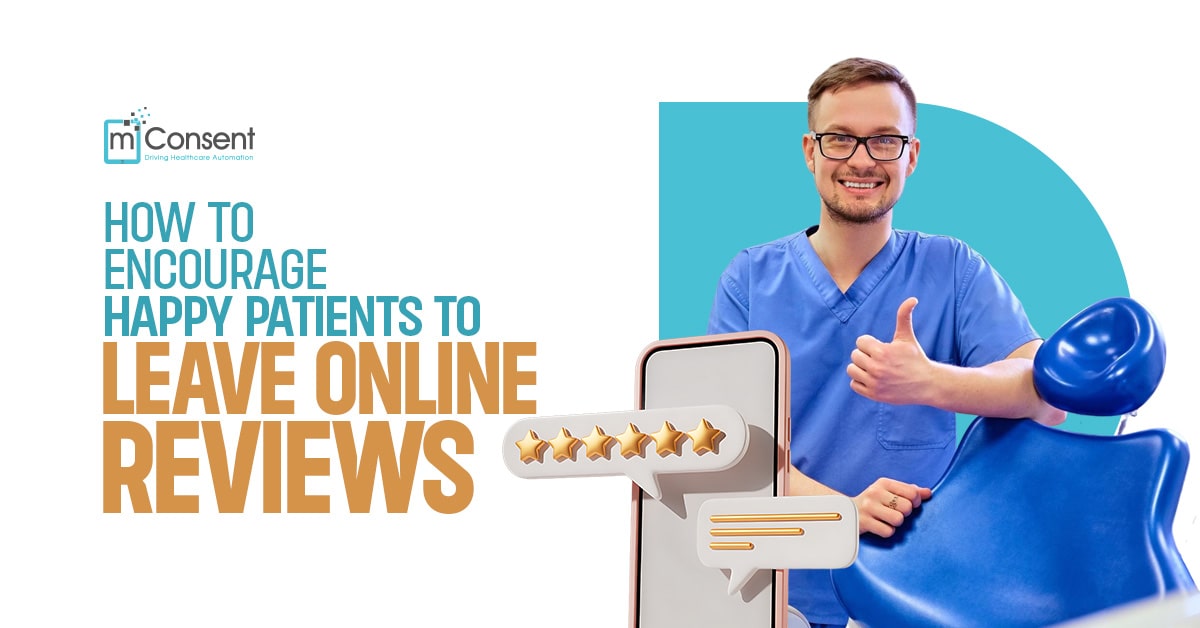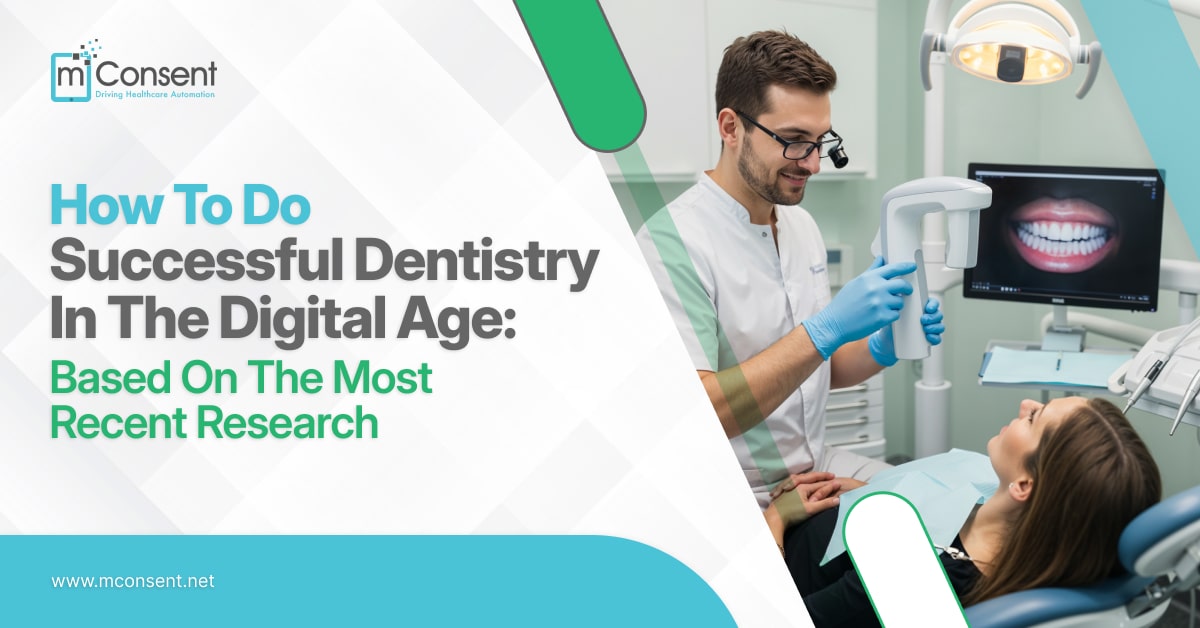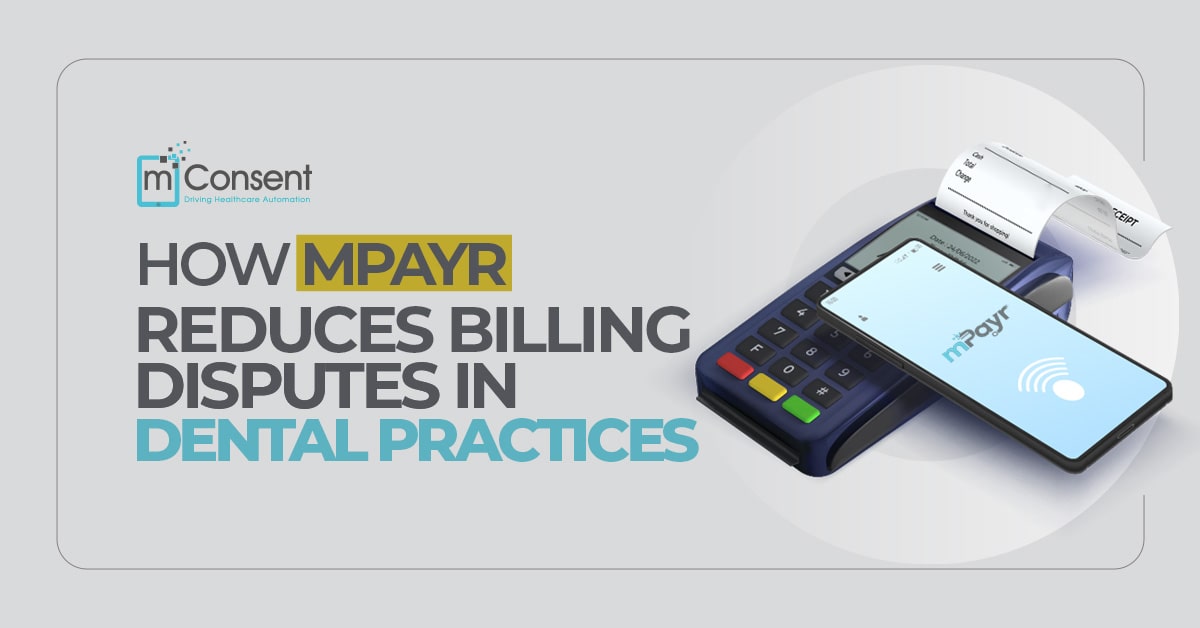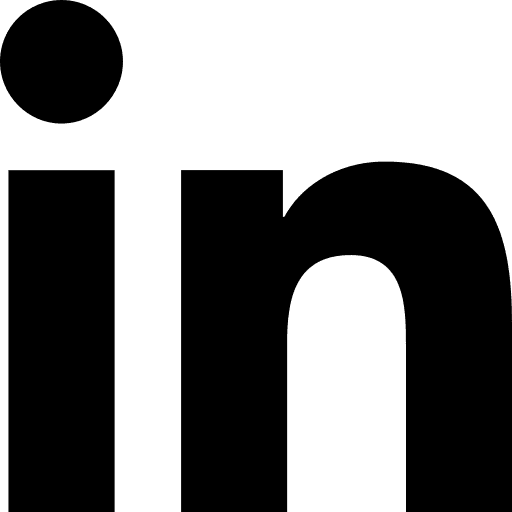It's not on purpose. You're doing your best. But in the world of dentistry, even a few minutes off schedule may turn into a big delay. While your team scrambles to catch up, patients find themselves flipping through outdated magazines or idly scrolling through their phones. Patients' agitation is increasing minute by minute.
You're not the only one who feels that way. One of the most common complaints about dentist offices is how long patients have to wait. It reduces customer happiness, harms internet ratings, and makes employees feel like they're always behind.
But what if a little modification could turn things around?
One change that made our patients remain longer and be happier when they left.
Let's chat about that change.
The Problem: Why Patients Walk Out (or Don’t Come Back)
People who go to the doctor nowadays expect quick answers, one-click purchases, and same-day delivery. Waiting is never fun, whether you're in traffic, in a restaurant, or at the dentist's office.
Long wait times mean one thing: your time is more valuable than theirs. That sensation can:
- Make patients less trusting
- Lower the possibility of accepting recommended treatments
- Lead to damaging online reviews
- Break up the flow and rhythm of your crew
Imagine Sarah, who is seeing a doctor for the first time. She gets there five minutes early, fills out forms on a clipboard, and then waits and waits. She looks at her watch after 20 minutes. She gets mad after 30 minutes. At 40, she is starting to wonder if she will ever return. Her anger comes across in the appointment and in the review she writes that night.
That one visit cost your business a lot more than 40 minutes.
The One Switch: Smarter Appointment Scheduling
So, what made things different?
We stopped using old, manual scheduling techniques and switched to modern, tech-enabled appointment scheduling.
The old method caused problems that weren't obvious, such as overlapping treatments, double-booked hygienists, and a front desk that couldn't stop playing phone tag. Even the greatest crew couldn't handle all the variables flawlessly.
The new way? It's like going from paper maps to GPS navigation. Smart scheduling software automatically considers the availability of providers, the time needed for procedures, and the demands of patients. This makes sure that each slot is used well without overloading the calendar.
It's not only about speed. It's about giving your staff the tools they need to give care without the chaos, as well as accuracy and balance.
How mConsent's Scheduling Feature Made a Difference
The shift was nearly instant when we switched to mConsent's mechanism for making appointments.
Here’s what made the biggest impact:
1. Intelligent Time-Slot Management
The system doesn't just put appointments in available slots; it improves them. It takes into account the length of the operation, the availability of rooms, and the number of providers to avoid stacking or overlaps.
2. Automated Confirmations and Reminders
Patients get messages or emails reminding them of forthcoming appointments, which cuts down on no-shows without any extra work from personnel.
3. Real-Time Rescheduling Without the Phone Tag
Do you need to change an appointment? Patients can do it right away online. No waiting on hold. No calls that were missed. Just easy, seamless upgrades.
4. Fewer No-Shows - Smoother Days
We missed a lot fewer appointments since we had better reminders and could easily reschedule. This gave us more control over our day.
It's like having a front desk worker who is always there, never forgets, and never loses a sticky note.
One of our long-time patients commented, "It felt like everything just went more smoothly." I had just sat down when they called me in.
That was the confirmation we needed.
Beyond the Clock: How Patients Actually Responded
We were most astonished by how much patients noticed and liked the lower wait times.
We kept more of our employees. People started arriving on time, smiling more in the lobby, and even expressed satisfaction with our practice.
The atmosphere in the waiting room changed. It felt calm instead of nervous tapping and irritated sighs. Be calm. Under control.
What about our staff? They didn't feel as pressured. Their stress levels were significantly lower. They were happier at work, which of course improved them with patients.
How the Ripple Effect Affects Your Practice
It didn't end with being satisfied. This one switch changed everything:
- Increased Efficiency: By managing our time better, we were able to see more patients per day without extending our hours.
- Better Treatment Planning: Providers could spend more time talking about treatment alternatives because there was no pandemonium.
- More Trust - More Revenue: Patients who are satisfied say yes more often, post better reviews, and tell their friends about you.
The change was easy but had a big effect.
We didn't simply cut down on wait times; we also made the experience better, smoother, and more considerate for the patients.
Takeaway: One switch that changes the way patients go through their journey
Patients smile more when they don't have to wait. Your team does better work when they have time to breathe. And when your systems operate better, your whole business benefits.
The first step was to move to smart, digital scheduling with mConsent.
The stats don't lie; we saw:
- Fewer people who don't show up
- Less time to wait
- Patients are happier
- More people willing to get therapy
- Improved staff morale
It's time to think about what one simple change may accomplish for you if you're still using sticky notes, scheduling by hand, and juggling your daily tasks.
Are you ready to get rid of your waiting room problems?
Find out how mConsent's appointment scheduling function may change your practice and your patients' journeys.
Conclusion
Patients don’t just want excellent care — they want respect for their time. Make the change that makes them feel it.
""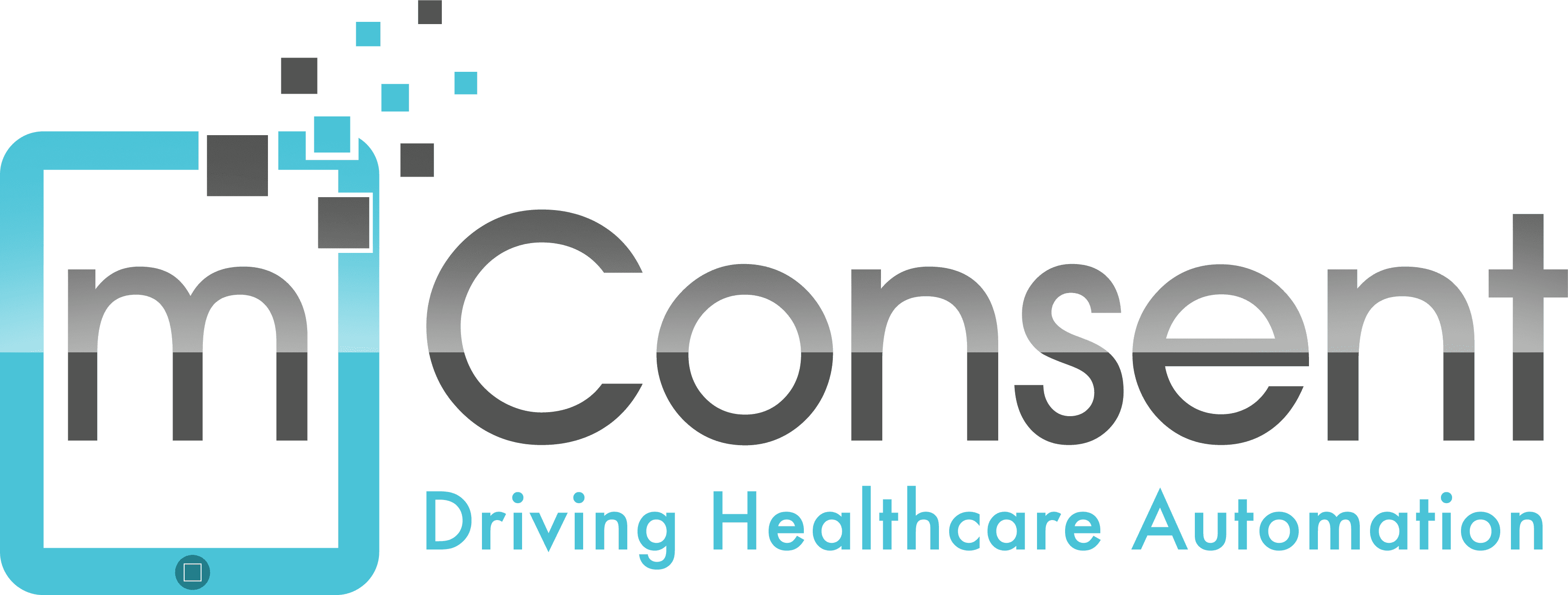

![HIPAA Release Form – All you Need to Know [Instant Download]](https://mconsent.net/wp-content/uploads/2021/09/HIPAA-Release-Form-All-you-Need-to-Know-Free-Release-Form.jpg)


